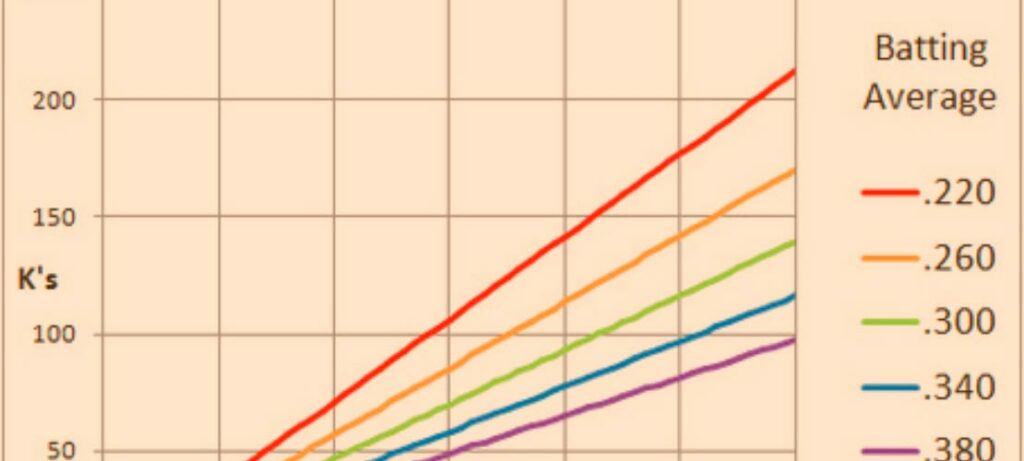Cricket has long been regarded as one of the gentleman’s games, where a bat and ball were used to score runs and someone good at it would be considered a hero. However, with the advent of technology, observing averages has become an effective way of measuring performance in cricket and other sports. The approach maximizes outcomes for both sides by finding strategies that improve their performances by looking at the averages and improving them.
The bowling average, batting average, and other stats of cricket help the players and the team to do well in cricket by learning from their past mistakes. This helps further in analyzing the changes and performance of the teams. The concept can be applied to any other form of competition, while it is most suitable for team sports, where statistics are easily gathered and analyzed. Thus keep on reading to know more about the averages.
Batting average

As a batting average simply means achieving a certain number of runs per ball or in a specific time frame that one has batted, it helps analyze how a player will perform and how his techniques stand up to the tough competition. In short, it helps understand aspects like endurance and consistency, which are some important aspects when considering performance analysis and to assess the impact on cricketing careers.
This is one of the standard methods employed in understanding how batsmen perform and the factors responsible for their performance. The average is calculated by taking the total runs scored divided by the number of times he got out. At the same time, this has been primarily used in cricket either as a measure of consistency or considered one of the measures to judge performance. In cricket, a batsman’s average is the total number of runs they have scored, divided by the number of times they have been out. In other words, it tells you how many runs a batsman scores from being at the crease for each time he or she is dismissed. A batting average of 100 indicates that each time a batsman goes out for a run, on average, they score 100 more runs. A batting average of 50 means that they score exactly 50 more runs each time they go out.
A batsman’s performance does not depend on how many runs he scores in an inning but how many balls he remains there for. This is a far more reliable method of understanding how a player has performed and how his techniques have held up in tough conditions.
What exactly is bowling average?

In cricket, a bowler’s average is counted in balls bowled instead of wickets taken. Bowling average is calculated by dividing the total number of runs conceded from all deliveries delivered from that player or team by their total number of wickets taken. If you’re looking for this information on how to calculate the bowling average in cricket, then you’ve come to the right place.
Bowling average (BA) is the best way to compare individual bowlers in a team. It’s the figure that illustrates the effectiveness of a bowler for his team. The average can be defined as How many runs per over he has conceded. According to your team, performing well or badly depends on how many runs have been scored from each of your overs delivered by you. Statistics are based on over bowled, while the average is calculated on balls bowled.
- What is the formula to calculate the bowling average? The formula to calculate the bowling average according to the bowling average calculator is the total number of runs conceded / total wickets. So if a bowler bowls took six wickets and conceded 60 runs, his bowling average would be (60)/6 = 10. The bowling average includes all types of matches played in the game, whether T20, ODIs, or Test matches.
- Why Are Calculating Averages Important In Cricket? Cricket is a very tactical game, and every team wants to win, so with the advancement in cricket and with the averages and data in your hand, it is easy to make strategies in cricket. Calculating and analyzing averages is very important as it gives the idea of how your team and individual are doing in terms of performance. For example, if you know your batting average level, you can predict if you will make runs in the next match. Likewise, knowing your bowling average can give you an idea of which pitch areas to attack or defend. Furthermore, calculating averages makes it a lot easier to find the strengths and weaknesses in the other team’s batting and bowling. Also, the coaches use the data of averages to improve the game of individuals by customizing training, whether bowling or batting.

